1110 Search Results for Core
August 30, 2014
by Carole Zangari -
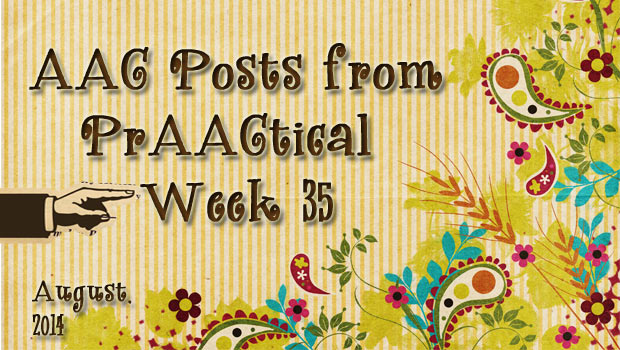
Sunday: Video of the Week – Is It the Right Device? Monday: Speak AAC Tuesday: Calling All PrAACtical Advocates Wednesday: 5 AAC-related Assessment Tools You Should Know About Thursday: How I Do It – Using PODD Books and Aided Language Displays with Young Learners with ASD Friday: Fast FAACt Friday: Core Words
August 12, 2014
by Carole Zangari -
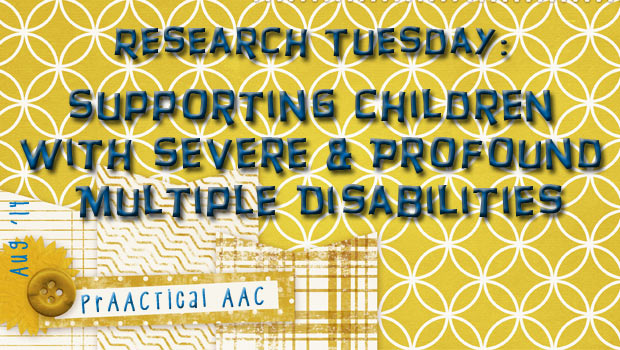
What do we know about the best ways to provide communication support to individuals with severe and profound multiple disabilities (PMLD)? PMLD is a term that generally refers to people who experience profound cognitive limitations in addition to sensory and/or physical disabilities. Many of these individuals have complex medical histories and chronic health concerns. Often, the communication difficulties experienced by individuals with PMLD cause them to be isolated and excluded from many social and educational opportunities. Despite their many challenges, there is evidence to suggest that AAC supports can help these children develop their communication skills. Not much is known, however, about how to structure the AAC intervention to maximize learning. In this study, Harding and her colleagues sought to reduce isolation and promote personal autonomy by providing AAC supports to two children with PMLD. As other researchers have demonstrated the positive impact of AAC on people with PMLD, this... [Read More...]
August 1, 2014
by Carole Zangari -
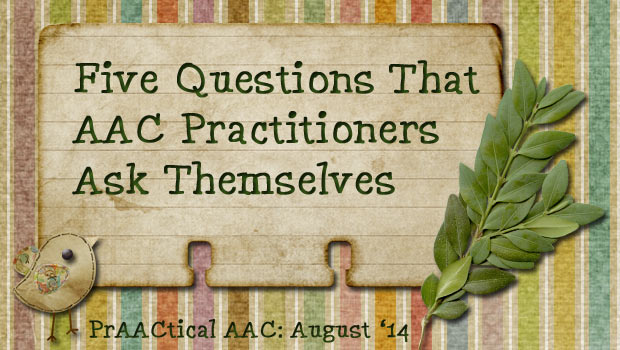
We had a lot of fun with the post “You Might Be an AAC Therapist If,” especially in reading all the contributions from our prAACtical friends. Along those same lines, here are some questions that we’ve asked ourselves a few (dozen) times. Are these AAC devices/apps EVER going to be able to use context to know the tense and pronounce the word ‘read’ correctly? (Followed by an exasperated gesture) How is it that the student with disabilities can remember passwords that the nondisabled adults cannot? (Followed by a glance toward our ‘Presume Competence’ poster) Did he/she really just spell that out instead of using core words? (Followed by a low growl) Why is that device coming home from school fully charged? (Followed by a rise in blood pressure) Did I remember to turn off the laminator? (Followed by a face palm) How about you? What AAC-related questions do you ask yourself?
July 18, 2014
by Carole Zangari -
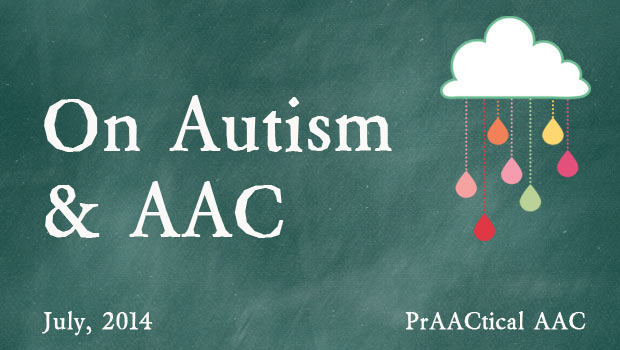
Today we are revisiting some of Robin’s most popular posts. 30 Ways to Celebrate Autism Awareness Month AAC Must-Have’s for the Classroom and Therapy Room The First 12: Getting Started with Core Words Literacy For Everyone with Adapted Books Beyond Requesting: Using Scripts to Teach Conversation AAC Goals That Matter Creating Communication Boards: There are Lot of Apps for That! Join Together: Core and Fringe Vocabulary Beyond Requesting: Let’s Chat with Peers Begin AAC Now: 10 Things to Do
July 8, 2014
by Carole Zangari -
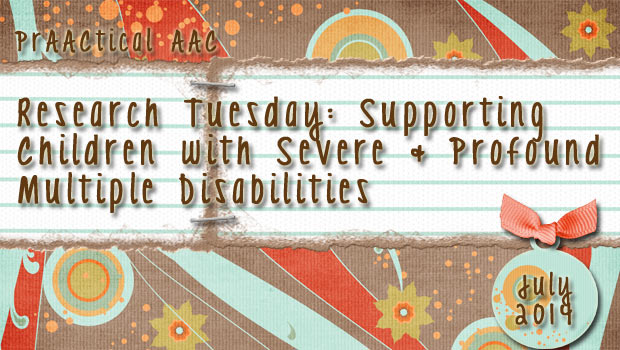
What do we know about the best ways to provide communication support to individuals with severe and profound multiple disabilities (PMLD)? PMLD is a term that generally refers to people who experience profound cognitive limitations in addition to sensory and/or physical disabilities. Many of these individuals have complex medical histories and chronic health concerns. Often, the communication difficulties experienced by individuals with PMLD cause them to be isolated and excluded from many social and educational opportunities. Despite their many challenges, there is evidence to suggest that AAC supports can help these children develop their communication skills. Not much is known, however, about how to structure the AAC intervention to maximize learning. In this study, Harding and her colleagues sought to reduce isolation and promote personal autonomy by providing AAC supports to two children with PMLD. As other researchers have demonstrated the positive impact of AAC on people with PMLD,... [Read More...]
July 2, 2014
by Carole Zangari -
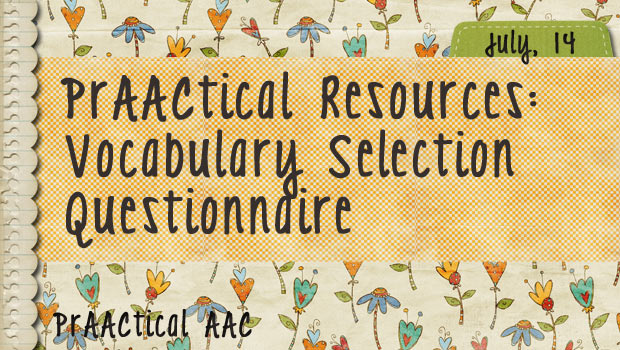
One of our prAACtical friends will be getting an AAC device soon, so it got us thinking about customizing the SGD with vocabulary that he will want to learn and use. Core words are central, for most people who use AAC, but we always want to include the words that help them express very specific and personal experiences. There are several checklists and questionnaires floating around that can help identify the fringe vocabulary. Here are two of our favorites. Young children: AAC Team at Penn State University. School-aged Students: Lauren Enders and Laurie McGowan Do you have a vocabulary selection checklist or form that you like to use? We’d love to hear about it.
June 26, 2014
by Carole Zangari -
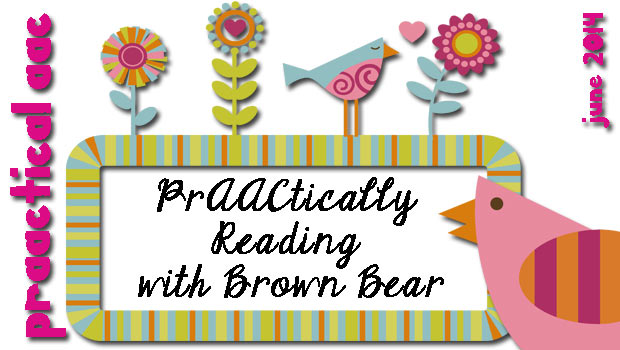
There are so many wonderful things about reading with kids, and practicing AAC is one of them. Every month, we’ll try to pick a book and provide some prAACtical suggestions for how to read it and sneak in some opportunities for receptive and expressive AAC use. You can make book-specific screens, overlays, or boards, but we favor a more powerful approach: use core vocabulary as your base and supplement with words specific to that book. Need some core language displays? There are many floating around, but here’s a link to ours if you need some more. We thought we’d start off this series with a book that is familiar to most, if not all, of you. Pull it off your shelf, find your prAACtical pal, grab that core language board, get to a cozy spot, and let’s get started. PrAACtically Reading with Brown Bear Brown Bear, Brown Bear, What Do... [Read More...]
May 25, 2014
by Carole Zangari -
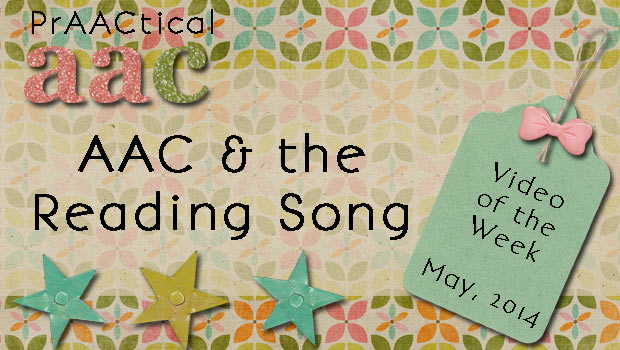
We love seeing AAC in action, but add in core word practice and a little aided language input, and we’re over the moon. Enjoy this video by the Dreamweavers. Direct link to video: http://www.youtube.com/watch?v=wArNlLoMx-Q&feature=share&list=PLwJSl0zl5AzIr90O45w06x9M-BudYahpi&index=5
May 19, 2014
by Carole Zangari -
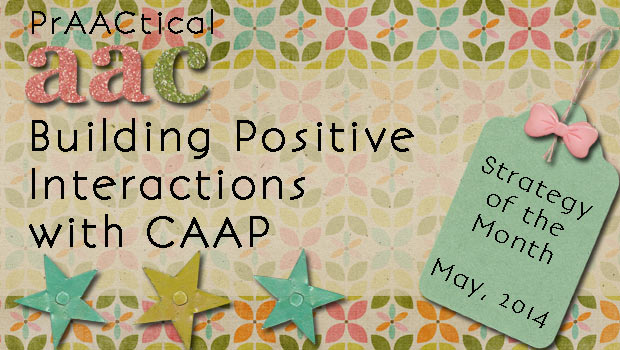
One of the challenges in helping AAC learners maximize their communicative potential is that they often interact with people who do not facilitate positive interactions. We know, for example, that partners may focus on the SGD rather than the topic or communicator (e.g., “Can you find ‘go?’, “Press it again”). They may dominate the conversation by taking more than their fair share of turns, making for a lop-sided and uninteresting context that is more of a monologue than a true conversation. They also tend to interrupt the AAC learner, often in an attempt to guess the learner’s message, save time, or correct the person. These actions come from a good place (wanting to support the learner) but are not things that facilitate improved communication. In a previous post, we talked about the RAAP strategy, for building partner skills during storybook reading. In this post, we continue to share the work of... [Read More...]
May 17, 2014
by Carole Zangari -
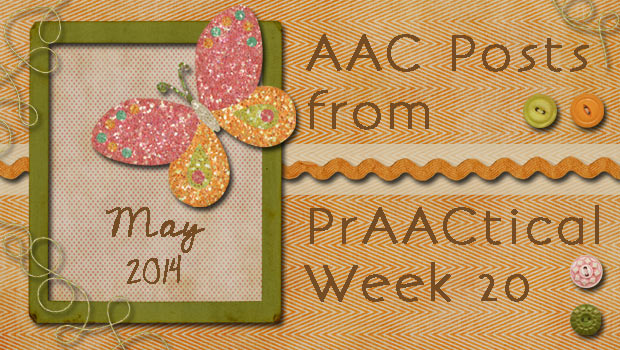
Sunday – Video of the Week: Disaster Preparedness and AAC Monday – Strategy of the Month: Home Programming with AAC Tuesday – More Core Words Visualized Wednesday – 10 AAC Things to Do For Better Hearing and Speech Month Thursday – Throwback Thursday: Posts on Core Vocabulary Friday – Connecting by Phone









